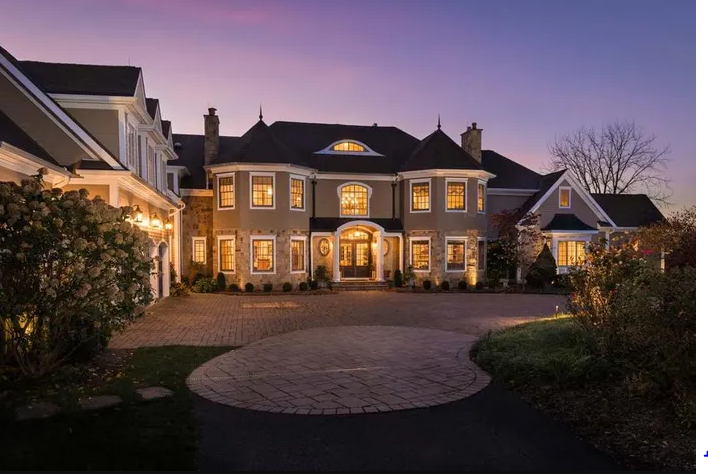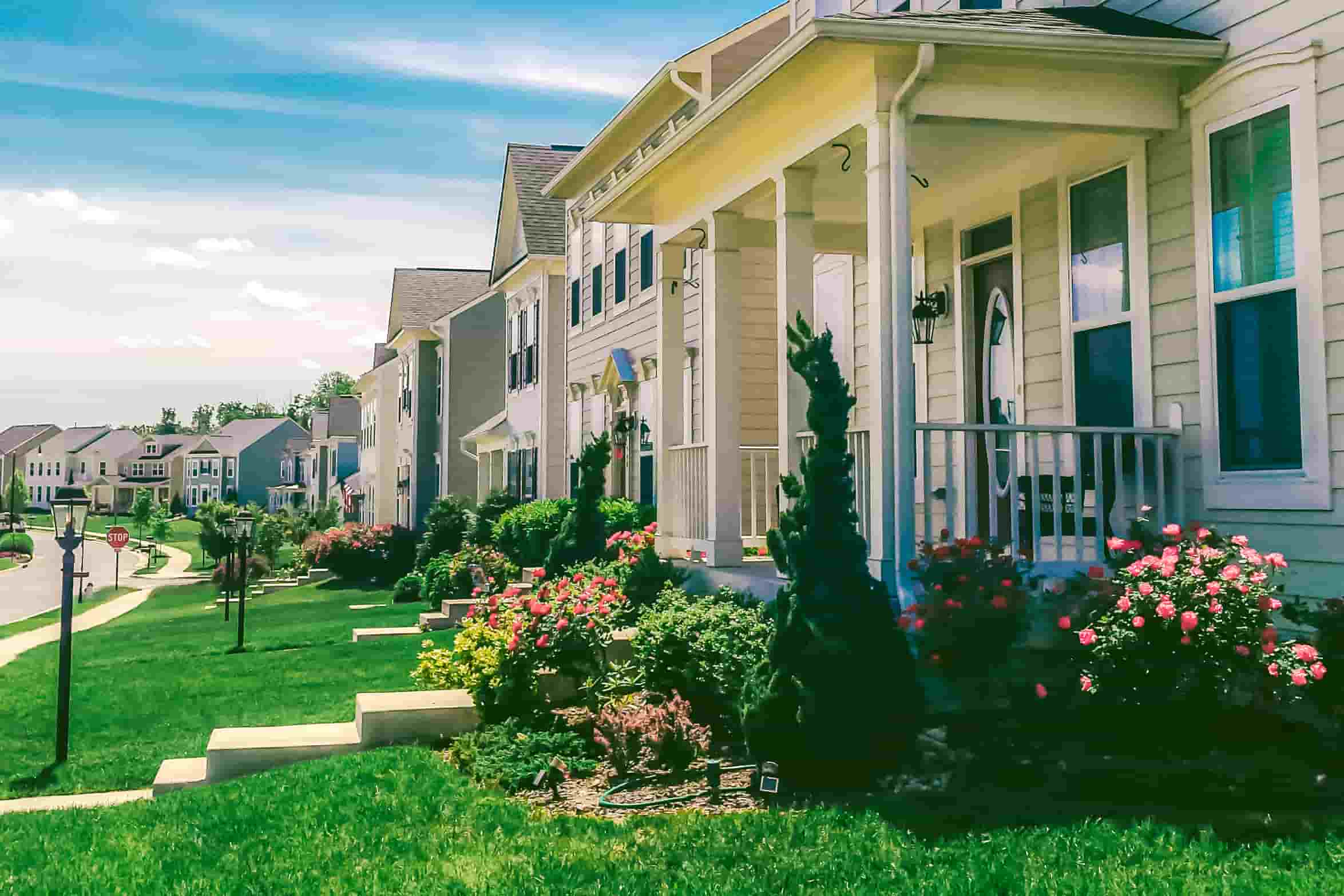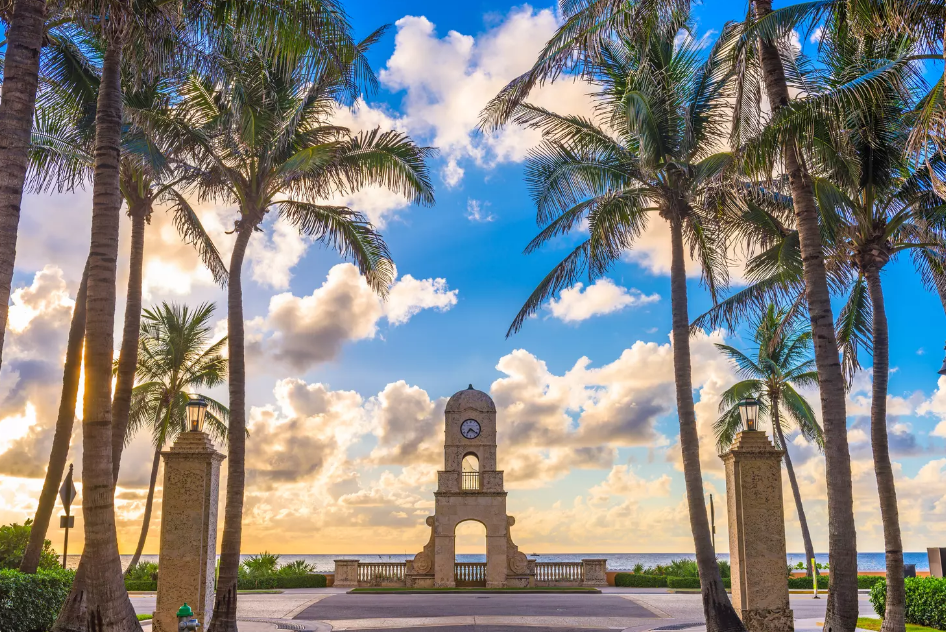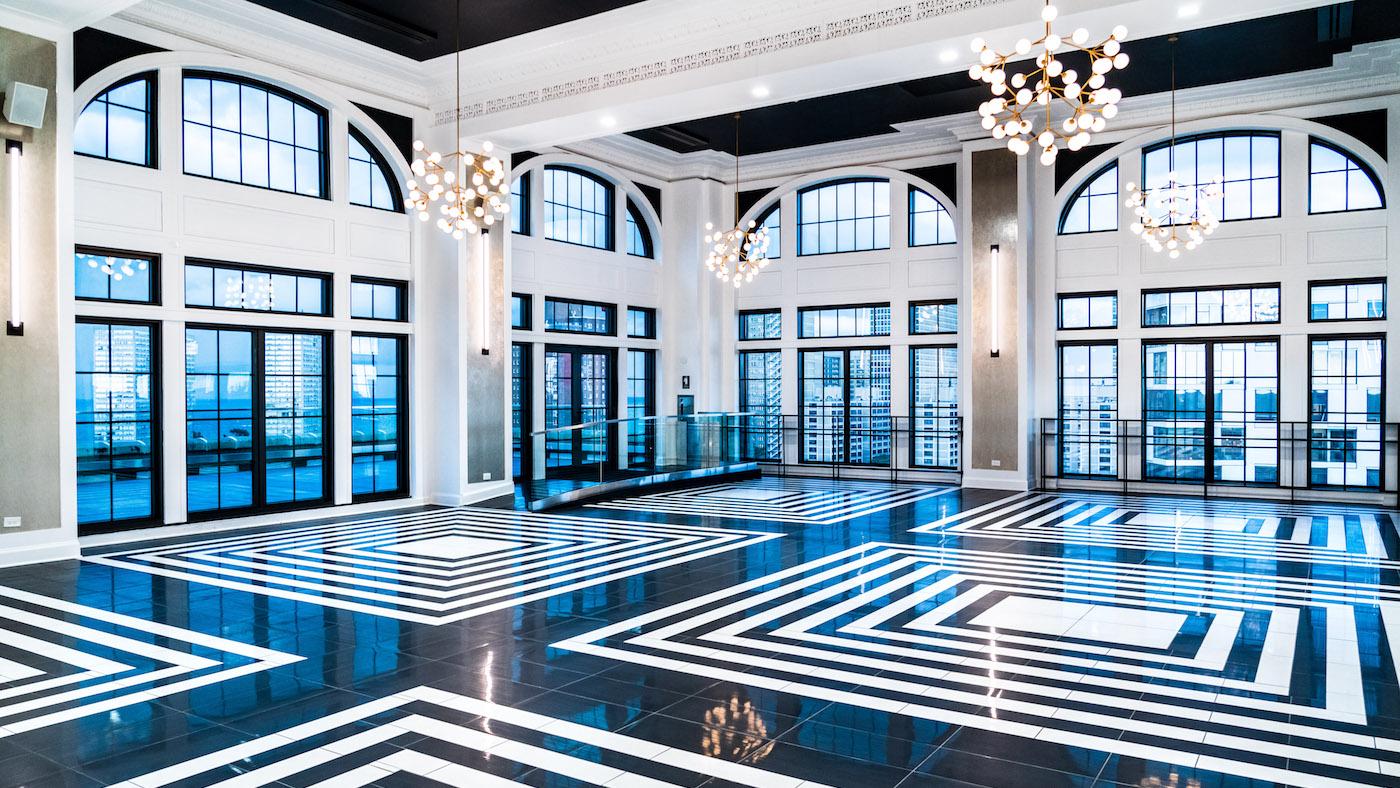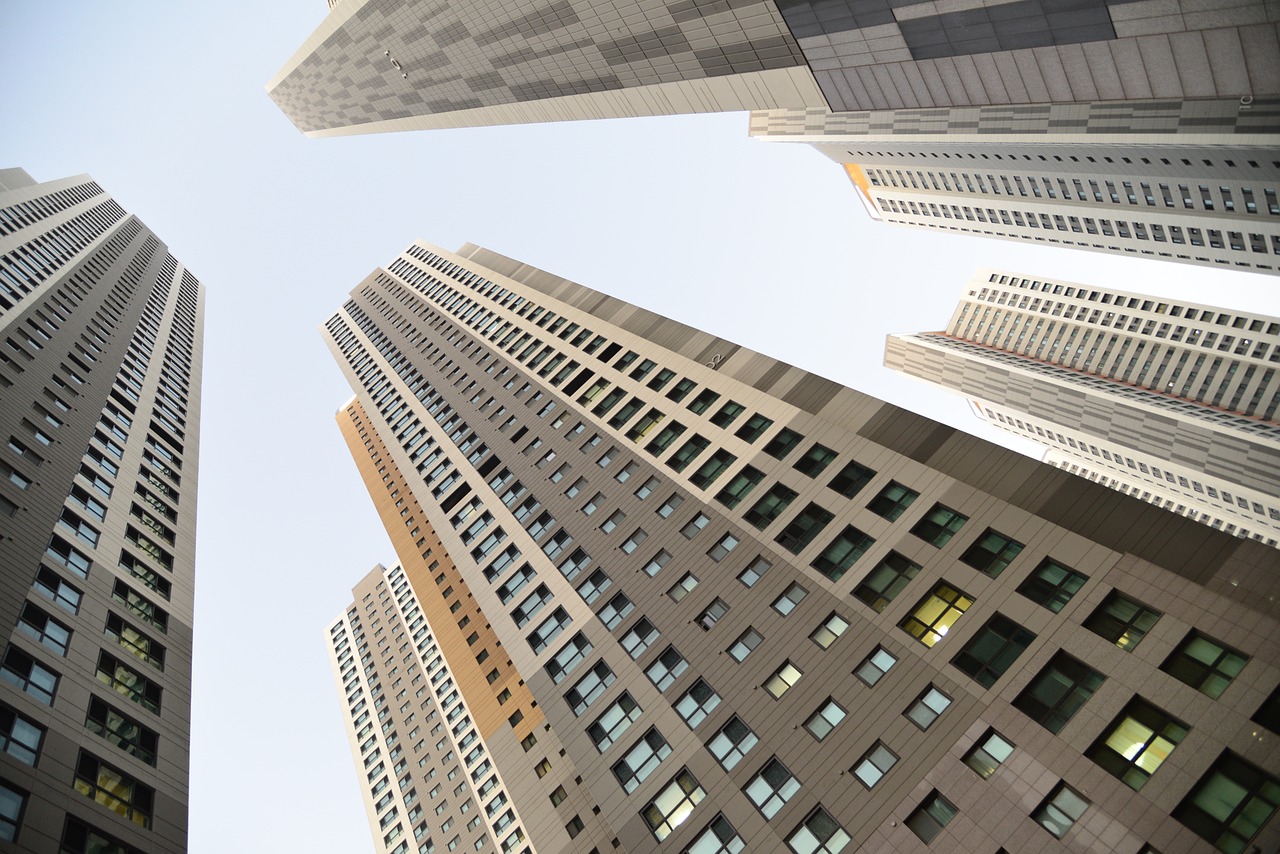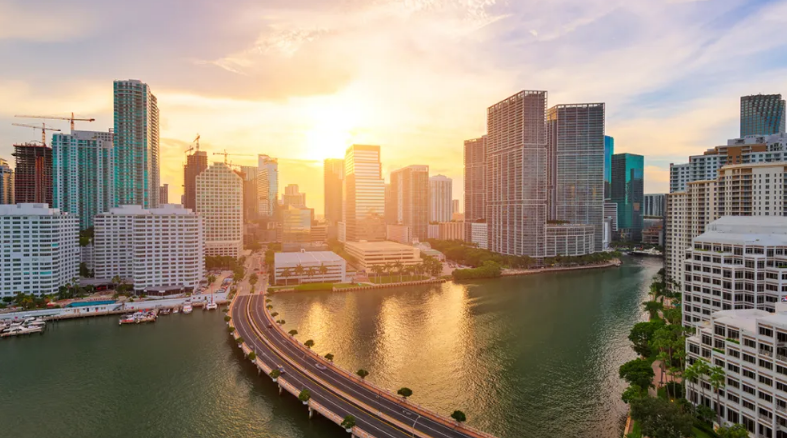Have you considered starting a real estate business? You will find the necessary steps required to create and run a successful real estate business. Here are some helpful tips for you. Let’s discuss with Hirsh Mohindra. The real estate market can be a tough nut to crack. Real estate is largely based on who you know, and it is relatively common for new agents to start their business with no official training, merely a business card, and a drive to succeed.
While that can work in many cases, the business can be much more successful with the right guidance. At any rate, you don’t want to let the competition prevent you from starting a successful real estate business. That said, many steps are involved in setting up a business. Let’s explore all the necessary prior work in order to make your dream of starting a real estate business a reality.
Research and Planning
Research and planning is the first and one of the important steps to start a real estate business. Because business plans often include a request for a bank loan or venture capital, I will look at what a potential lender or investor is likely to be looking for in a business plan.
Real estate brokers have all the usual concerns of new business owners: What type of business should I start? What market should I target? Who are my competitors? How much capital do I need to open a business? How long will it take before my business becomes profitable? What legal form of business ownership is best for my needs? How much liability do I assume in this business? Is it possible that current federal, state, or local legislation could affect my business in the future? Is venture capital available? Is a loan likely?
Today’s business owners give special attention to these concerns because of the growth of entrepreneurship in our economy. Entrepreneurs create most of the nation’s new jobs and represent 99% of all employers. Earning a living as a real estate broker has definite attractions. Many brokers thrive in a business where they are their own boss, can set their own hours, and are free of office politics. In fact, the growth of the real estate industry can be attributed to the large number of people, primarily women and minorities, who are successful as brokers.
Financing in Real Estate Business
Hirsh Mohindra: The real estate business generally includes development, construction, rental, and sales. General business refers to real estate developers and contractors for the development, construction, and sale of real estate. Therefore, with respect to the very wide definition of real property businesses, the company is designed to be broad. However, we want to point out that the real estate business focuses on expansion development activities, renting out the property, generating profits from operations, and selling all or a portion of our property to realize capital gains.
We intend to employ a narrow definition of real estate business to accurately reflect our intention of financing property investment in real property paid for by real estate corporations in foreign countries. As such, we will not acquire interests in real property limited partnerships or limited liability companies. We intend to specialize in two primary types of financing real estate: development cases and rehabilitation, repositioning, and lease-up cases. All proposed investments must have potential acquisition, completion, and value upside through a successful lease-up or repositioning plan. All property open houses must have potential backers or lenders and the ability to generate cash flow.
Marketing and Networking
If you are planning to start your real estate business, marketing and networking are two important concepts that you should not take for granted. Marketing and networking contribute to the overall success of a real estate business and are key components that will help you reach the pinnacle of success in your real estate career. Starting up a real estate business is relatively easy, especially if you have the confidence to make your business grow and become a successful businessperson. What could pose as a hindrance is your lack of knowledge on how to make that happen and become a successful business owner.
But if you are planning to become your very own boss and control how you will live your life in the near future, the business of real estate can give you this rewarding experience, that is, of course, if and only if you are prepared to handle the responsibilities that come with it. One of these responsibilities, and a very important one at that, is leadership because even if you are working on your own, your clients will look up to you for guidance and you would need to lead them towards the right direction in real estate. Hirsh Mohindra says a real estate business is not without its own set of challenges and a lot of huge risks along the way, but one of the most important skills that you will need is the art of networking.


